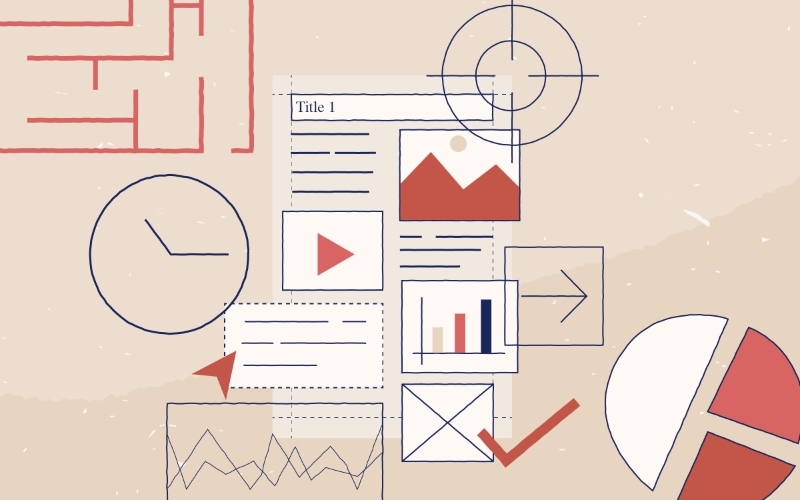Marketing Automation

Most businesses understand the importance of generating leads and engaging with them throughout the journey. But what’s a marketing department to do with a glut of data or, worse, scant information on potentially high-value contacts? Marketing automation helps put data to work, implementing processes that allow marketing teams to scale their efforts and make everything more efficient and effective. However, it can also be pretty daunting if you aren’t sure what it is or haven’t had a lot of experience using it.
If you’re interested in how marketing automation can take your business to the next level or simply want to know the facts behind some of the key terms, we put together the following list to help you brush up on your knowledge and vocabulary.
1. Marketing Automation
Marketing automation uses software to automate repetitive tasks so that sales and marketing teams have more time to focus on strategy and other priorities. It also helps deliver a more personalized experience for customers and effective communication throughout the customer journey. A marketing automation tool has the ability to take repetitive tasks such as email and ad campaigns (among others) off your team’s hands with the help of a CRM to streamline your marketing process.
2. Customer Relationship Management
Customer relationship management maintains a company’s current and potential customer bases and streamlines marketing processes. When people talk about CRM, they are usually referring to a CRM system such as HubSpot or Salesforce. CRM data is used to nurture contacts throughout the customer journey, meaning it includes marketing, sales, customer service and other interactions.
3. Customer Segmentation
Customer segmentation is the best practice of breaking your customer base into categories to help determine the most effective outreach for those bases. These categories generally reference common characteristics and can differ depending on your industry. For example, in business-to-business marketing, you may categorize customers based on their industry, location or company size. In business-to-consumer marketing, you may use the following factors for categorization: age, gender, employment status and so on. Segmentation helps you communicate with customers in a relevant way and further increases the accuracy and efficacy of automation.
4. Customer Journey
Also sometimes called a buyer’s journey, a customer journey is a detailed road map of the full experience that a customer can have with your business. Most customer journeys have the following phases: awareness, acquisition, onboarding, engagement and advocacy. A successful customer journey will take buyers and/or subscribers through all of these stages, delivering communication tailored to where people are in the life cycle.
5. Lead Nurturing
Lead nurturing describes the process of consistently building and reinforcing relationships with your customers at every stage of their journey. Successful lead nurturing is achieved when your marketing efforts align with customer needs, building their trust in you and answering questions that they have. Lead nurturing should be a key consideration in workflow and drip campaign development, as the steps in those processes should ideally nurture your customer and address their needs.


